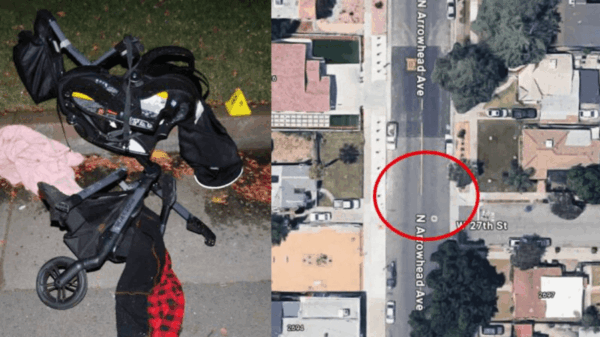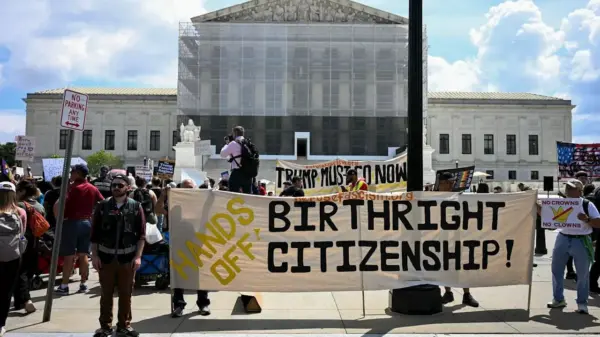The political landscape in Texas has shifted dramatically as Republicans push for aggressive gerrymandering strategies aimed at solidifying their control ahead of the 2026 midterm elections. This controversial redistricting effort was effectively sanctioned by a pivotal ruling from the US Supreme Court in 2019. Chief Justice John Roberts, leading a 5-4 majority, decided that federal courts are unable to assess extreme partisan gerrymanders for potential violations of constitutional rights, a stance that has far-reaching implications for American democracy.
The Supreme Court’s ruling in Rucho v. Common Cause concluded that partisan gerrymandering falls outside the purview of federal judicial review. This decision reversed previous considerations that would have allowed voters and organizations to challenge political maps drawn to benefit one party at the expense of another. The justices were divided along ideological lines, with the conservative majority ruling against intervention in gerrymandering cases, while the liberal justices voiced significant dissent.
In her dissent, Justice Elena Kagan emphasized the importance of protecting citizens’ constitutional rights. She argued that the practices of partisan gerrymandering undermine fundamental democratic principles. “The partisan gerrymanders in these cases deprived citizens of the most fundamental of their constitutional rights,” Kagan stated, highlighting the implications for equal participation in the political process.
The current scenario in Texas illustrates the tangible outcomes of this ruling. Republican lawmakers have proposed new district maps that aim to marginalize Democratic representatives. This move breaks from the traditional decade-long cycle of redistricting that typically follows the US census, reflecting a sense of urgency among Republicans to fortify their majority in Congress, now precariously balanced.
As the Texas legislature pushes forward, Democrats are considering countermeasures in states they control, such as California, where they may seek to redraw maps to enhance their electoral prospects. The ongoing battle over redistricting underscores the contentious nature of how political boundaries are drawn and the potential for partisan advantage.
In the original cases brought before the Supreme Court, extreme gerrymanders from both Republican and Democratic states, including North Carolina and Maryland, highlighted the pervasive issues surrounding political map drawing. Roberts and his conservative colleagues, including Justices Clarence Thomas, Samuel Alito, Neil Gorsuch, and Brett Kavanaugh, opted to sidestep the judicial scrutiny of gerrymandering, framing it as a political issue rather than a judicial one.
Kavanaugh’s vote was particularly crucial, as he succeeded Justice Anthony Kennedy, who had previously kept open the possibility for federal court challenges to partisan gerrymandering. This shift has emboldened Republican efforts in Texas, where the stakes are high with the upcoming midterms looming.
Roberts acknowledged in his opinion that excessive partisanship in districting can yield results that appear unjust. Yet, he maintained that the federal judiciary lacks constitutional authority to intervene in political processes. He posed critical questions about the limits of permissible partisanship, stating, “How much is too much? At what point does permissible partisanship become unconstitutional?”
The implications of the Supreme Court’s decision extend beyond Texas and resonate throughout the nation. The ruling has opened the door for states to implement their own redistricting laws, but the variability in state protections complicates the landscape for voters seeking fair representation.
As political actors on both sides of the aisle navigate these complex waters, the fundamental question remains: who should determine the boundaries of political representation? The answer may shape the electoral prospects of both parties in the years to come, making the upcoming elections a critical juncture for the future of American democracy.




































































